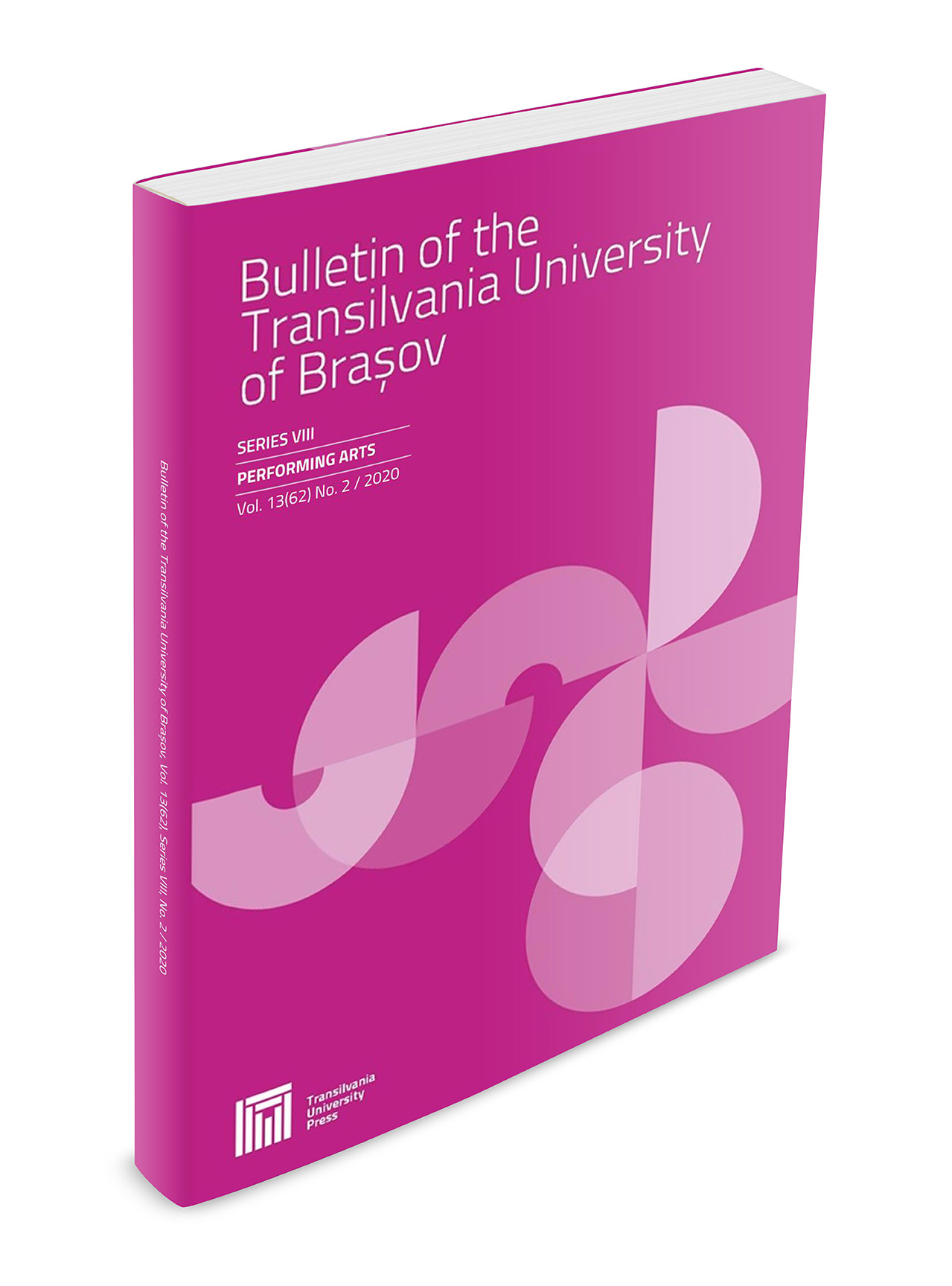The Bible and Musical Postmodernism
DOI:
https://doi.org/10.31926/but.pa.2021.14.63.3.11Keywords:
Postmodernism, Bible, hybridity, intertextuality, rhizomeAbstract
The paper examines formal changes of traditional church music in postmodernism: the choice of brief passages in the Bible characterised by soul searching (Jesus musing on his destiny, experiencing confusion about his purpose and mission), heroic acts (Esther and Judith saving the Jewish people), self-sacrifice and moral fables rather than key chapters of dogmatic stringency. Characteristic of postmodernist aesthetics are the combination of high and low art, fragmentation, and hybridity. Music rooted in the Bible draws on heterogeneous sources, such as medieval religious mysteries (the Wakefield Mysteries), jazz, folk music (Celtic, Far Eastern or East European, as in James MacMillan’s Seven Last Words from the Cross, 1994) quasi ancient music (actually a pastiche, as in Howard Goodall’s The Beautitudes, 2009). The sacramental atmosphere is lost in a narrative about a tamed and belittled Jesus figure: The Boy (1977) by David Palmer, or El Niňo (2000) by John Adams. These compositions at the turn of the millennium are belated and sublimated echoes of the rock operas of the ’70s, which carried with them intimations of politics (as in Yale Marshall’s The Business of Good Government, 1970), disseminating concern for the public spirit, care for the wretched of the earth, support for the hippie movement and ideology (especially Lloyd-Weber’s Jesus Christ Superstar).Downloads
Published
Issue
Section
License
Copyright (c) 2021 Bulletin of the Transilvania University of Braşov. Series VIII: Performing Arts

This work is licensed under a Creative Commons Attribution 4.0 International License.




